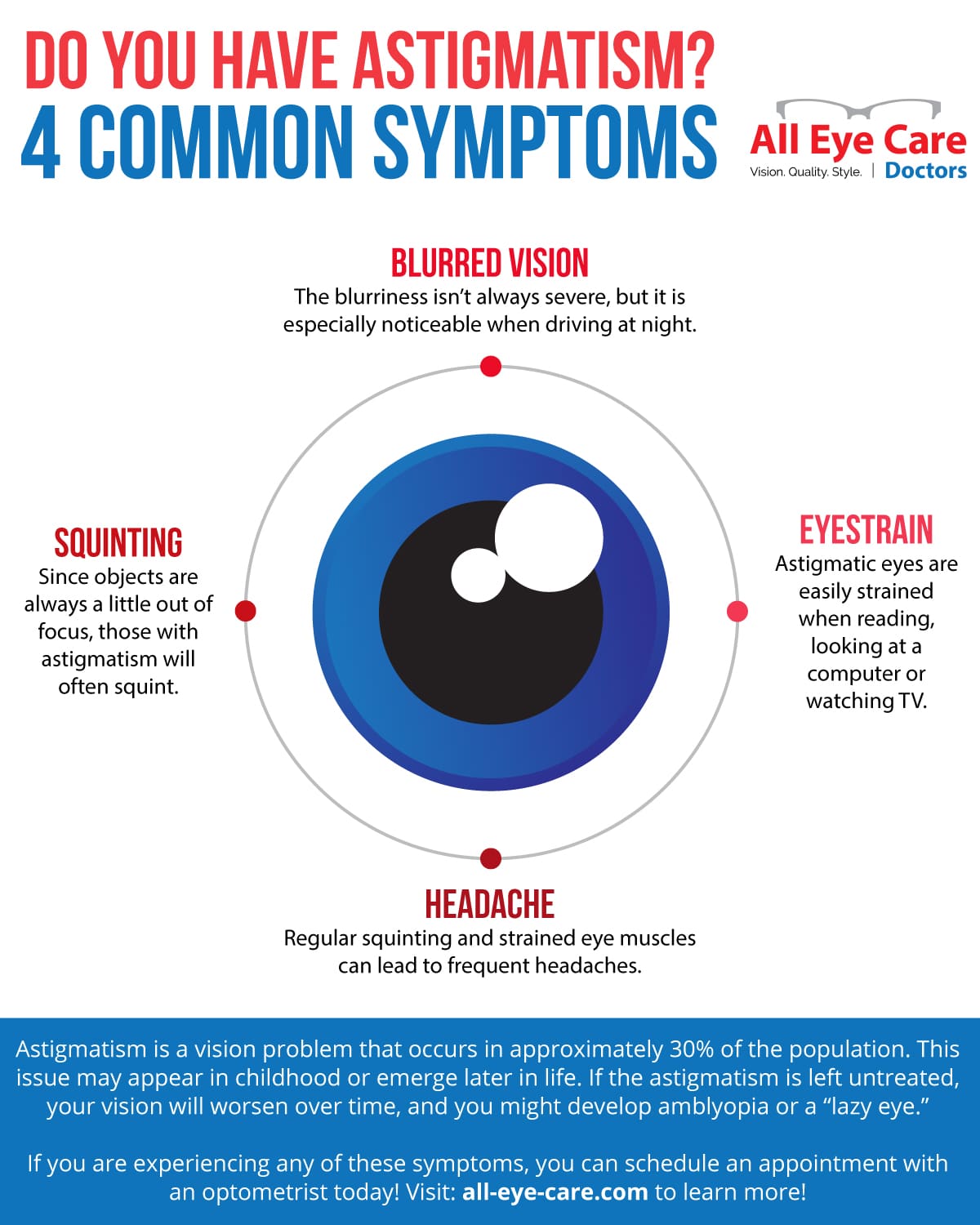Refractive Lens Exchange: A Thorough Overview To Achieving Better Vision
Refractive Lens Exchange: A Thorough Overview To Achieving Better Vision
Blog Article
Web Content Composed By-Gibbs Velasquez
If you're over 40 and struggling with vision issues like hyperopia or myopia, Refractive Lens Exchange (RLE) may be worth thinking about. This treatment changes your natural lens with a man-made one, possibly minimizing your dependancy on glasses. While the benefits are appealing, it's important to understand the threats and eligibility needs. What should you recognize prior to choosing that could alter your vision forever? Allow's explore this topic better.
Recognizing Refractive Lens Exchange
Recognizing Refractive Lens Exchange (RLE) can be critical for those taking into consideration vision adjustment options.
RLE is a procedure that replaces your eye's all-natural lens with an artificial intraocular lens. It's mainly focused on correcting extreme refractive mistakes, such as hyperopia, myopia, or presbyopia.
During the treatment, your doctor will certainly eliminate your cloudy or clear lens and change it with a lens tailored to your vision needs. This alternative is often taken into consideration for individuals over 40 that may not appropriate candidates for LASIK.
By selecting RLE, you're not simply boosting your vision; you're also potentially reducing your dependence on glasses or get in touch with lenses.
Understanding exactly how RLE works will encourage you to make informed decisions concerning your vision wellness.
Conveniences and Threats of RLE
Picking RLE not just provides a possibility to improve your vision yet likewise comes with its own set of benefits and risks.
One significant advantage is the capacity for clearer vision, minimizing or removing your dependence on glasses or get in touch with lenses. You may also experience a more comprehensive range of vision, especially if you go with multifocal lenses.
Nevertheless, there are risks entailed, such as infection, complications during surgery, or frustration with the results. Some clients experience aesthetic disruptions like halos or glare.
It's essential to consider these advantages and threats thoroughly. Consulting with https://titus64eric.bravejournal.net/way-of-life-benefits-of-lasik-surgical-procedure-for-astigmatism can help you make an enlightened decision that aligns with your vision goals and lifestyle.
Eligibility Criteria for Refractive Lens Exchange
Before taking into consideration Refractive Lens Exchange (RLE), it's crucial to establish if you satisfy the eligibility criteria. Usually, you're a great prospect if you more than 40 years old and have a steady prescription.
You ought to likewise be experiencing refractive mistakes like nearsightedness, hyperopia, or presbyopia. It is very important to have healthy eyes without any substantial illness, such as cataracts or glaucoma.
Additionally, you need to remain in great general wellness and not have any type of conditions that could impact recovery, like uncontrolled diabetes. If https://zenwriting.net/ray1shavon/the-perks-of-evo-icl-surgery-crystal-clear-vision use contact lenses, you may need to quit wearing them for a while prior to your evaluation.
Consulting with an eye treatment professional will certainly help you comprehend your specific situation and whether RLE is right for you.
Final thought
In conclusion, refractive lens exchange can change your vision and reduce your reliance on glasses or calls. While it uses numerous benefits, it's vital to understand the dangers and ensure you meet the qualification requirements. Consulting with an eye care specialist will certainly help you make an enlightened decision tailored to your demands. If https://www.newswire.ca/news-releases/alcon-canada-to-launch-a-professional-line-of-systane-ultra-hydration-lubricant-eye-drops-preservative-free-804511596.html about RLE, make the effort to explore your options and talk about any worries, leading the way for more clear, more vivid eyesight.
